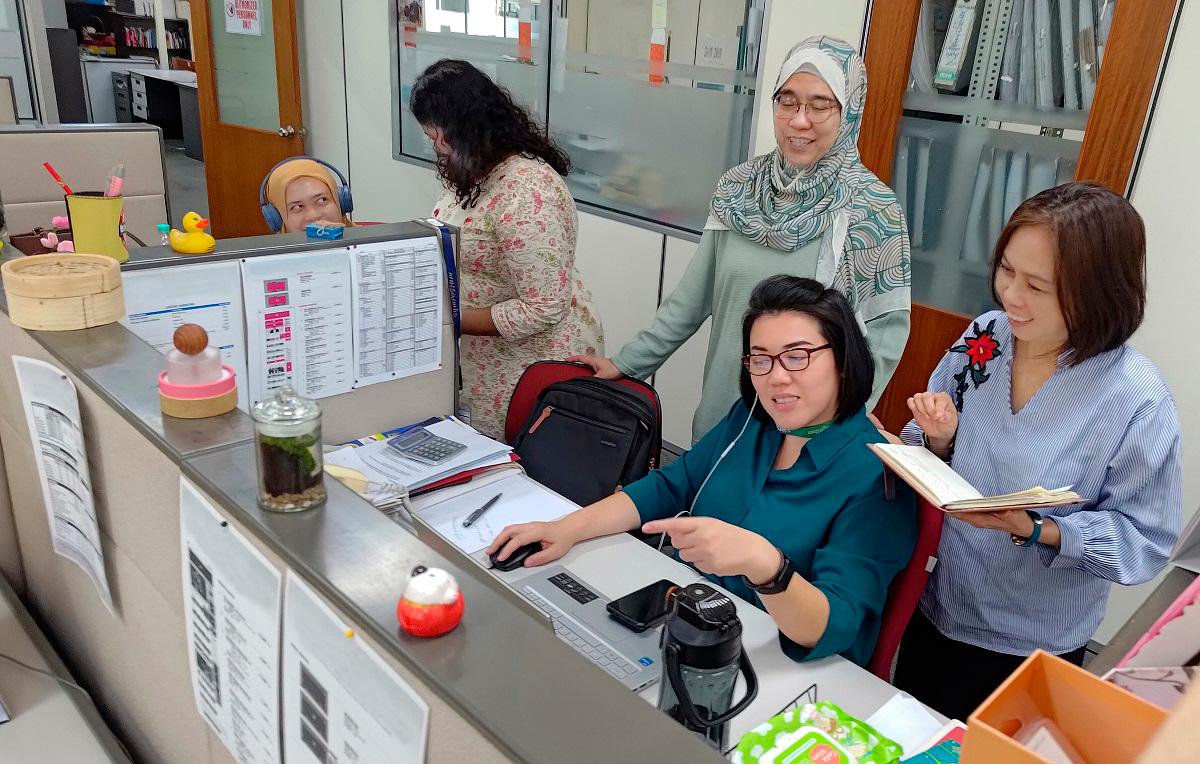PETALING JAYA: Malaysia risks jeopardising its long-term economic growth if it fails to retain and support more women in the workforce, warns World Bank senior economist Shakira Teh Sharifuddin.
With the country facing a demographic crunch, marked by a shrinking working-age population and a rapidly ageing society, Shakira called for urgent action to tap into one of Malaysia’s most underutilised economic assets – women.
“The benefits of increasing women’s participation in the workforce are evident.
“A World Bank report, Breaking Barriers: Toward Better Economic Opportunities for Women, found that closing gender gaps in the economy could boost Malaysia’s income per capita by 26.2% over time – equivalent to an annual increase of RM9,400 per person,” she said.
On a global scale, the World Bank’s Gender Employment Gap Index also suggests that eliminating gender employment disparities could boost long-term gross domestic product per capita by nearly 20%, she added.
Shakira said despite these high stakes, current labour force data tells a worrying story.
Citing data from the Statistics Department, Shakira said female labour force participation in Malaysia peaks at 77.4% among women aged 25 to 29.
However, this figure declines steadily with age – to 74.5% for those aged 30 to 34, 52.4% at 50 to 54 and just 36% among women aged 55 to 59.
In stark contrast, male participation stays consistently above 90% between the ages of 25 and 54.
“Malaysia’s labour force data reveals a deeper issue,” she said.
“Many women enter the workforce in their 20s but leave as they start families, with few returning later.
“This pattern differs from other countries, where women often take temporary breaks for caregiving and then rejoin the workforce once those responsibilities ease.”
Shakira stressed that Malaysia must confront the ongoing challenge of ensuring consistent, long-term support to enable women not only to remain in the workforce but also to thrive throughout their careers.
She also highlighted that a growing body of research supports the effectiveness of hybrid and flexible working arrangements in enabling more women to participate in the labour market.
“For instance, research conducted on US households found that a 10% increase in work-from-home opportunities is associated with a 0.94% increase in mothers’ employment,” she added.
In the Malaysian context, a 2022 survey further underscored the value of flexible work arrangements in helping women balance career ambitions with family responsibilities.
“Employer-provided childcare benefits and subsidies have been shown to boost women’s employment. A study by the International Finance Corporation found that over 60% of workers aged 29 to 44 consider onsite or subsidised childcare a key job benefit,” she said.
Despite these promising measures, Shakira acknowledged that the greatest barrier women face in re-entering the workforce remains the dual burden of paid work and unpaid caregiving responsibilities – ranging from housework to caring for children and elderly relatives.
Other less frequently mentioned obstacles include workplace discrimination, health conditions (including disabilities), early retirement and limited access to suitable
job opportunities.
“These challenges are corroborated in an upcoming study by the World Bank that examines employment barriers among women living in People’s Housing Programme communities and in economically lagging states such as Kelantan,” she said.
Shakira also shared insights from a forthcoming World Bank survey of employers, which found that many companies cite family-related obligations as a major challenge when hiring women.
Some employers remain hesitant to recruit women returning to the workforce due to assumptions that they may be out of touch with industry trends or lacking in up-to-date skills, she added.
“Extending paternity leave, offering shared family leave and ensuring equitable pay are crucial steps toward creating a more equal workplace and breaking the stereotype that caregiving is solely a woman’s role.”
She emphasised that policies supporting women in the workforce should not be viewed as benefiting only women.
“Efforts to raise female workforce participation should focus on building a more inclusive labour market for all carers,” she said.
“This includes promoting workplace flexibility, improving access to care services, and adopting inclusive practices that respect and accommodate diverse needs.”









